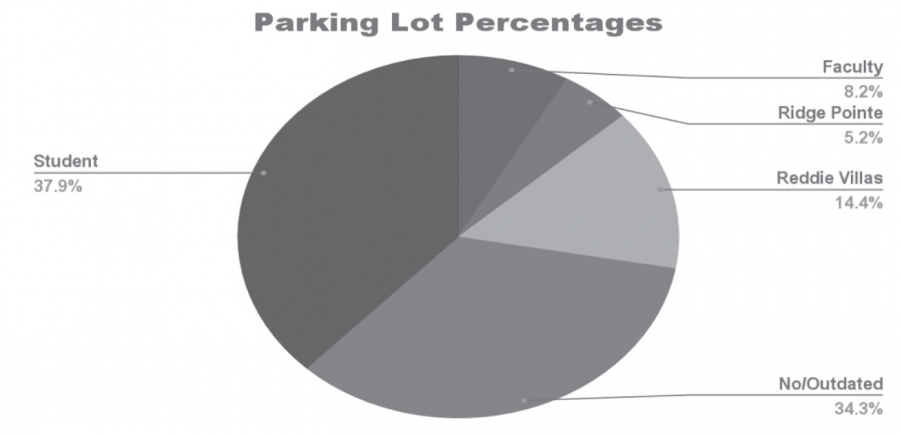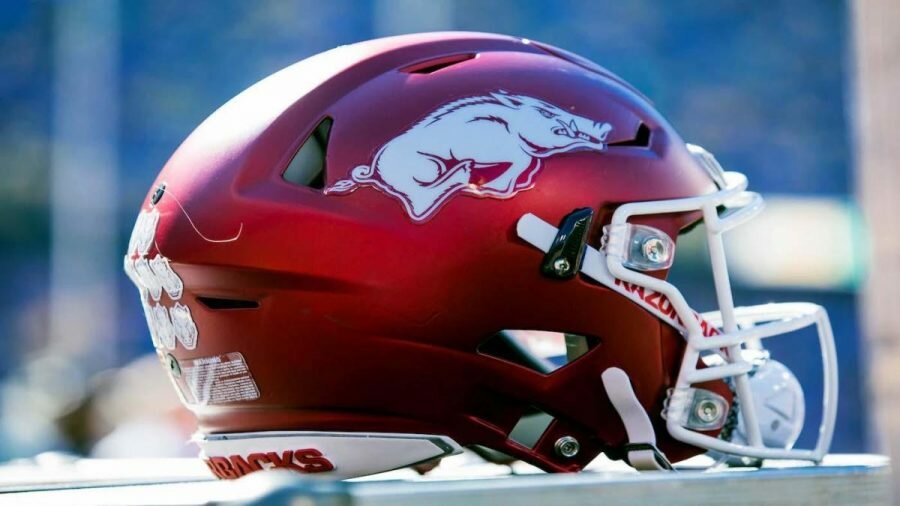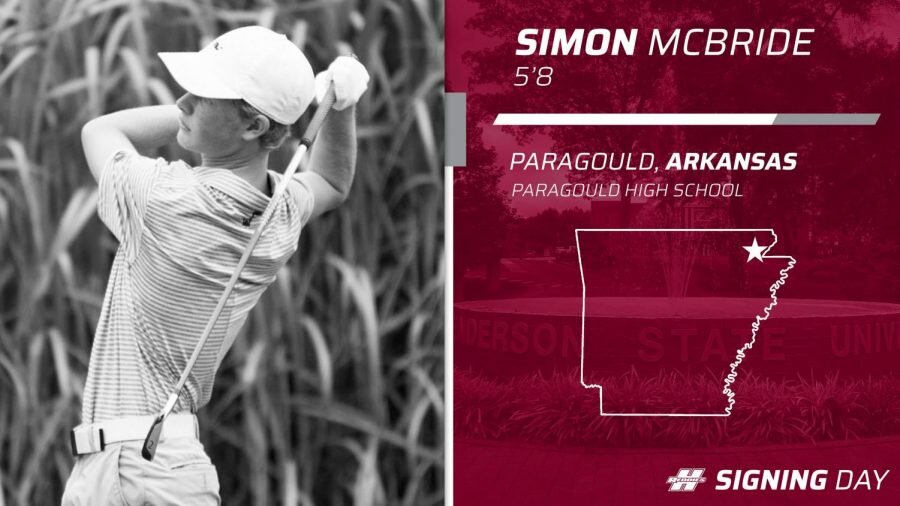Pave Paradise and put up a parking lot
November 21, 2017
According to a survey conducted by the United States Department of Commerce, Census Bureau, and the American Community Survey, approximately ninety percent of American households own one or more car. In a worldwide list published by Nationmaster, the United States is ranked number three, right under Monaco and San Marino, with 797 cars per 1,000 people.
This presents itself as an issue at the university, an intimate, state-funded school seeking growth. Students have found themselves at a loss, traversing endless rows of lifted trucks and hand-me-down sedans, desperately searching for a temporary home for their motor vehicle. As the countdown to class dwindles, they break into a frenzy, peeling down the pavement and narrowly missing other students as they frantically hunt for a parking spot.
This is the most prominent in the fall semester, as the influx of freshman spills over from the Smith and University Place lots and overflows into the surrounding areas. However, as the year goes on and more incoming freshmen decide either that college isn’t for them or to take refund check and bounce, the extremity of the situation subsides with the sharp student decline. Unfortunately, this does not eliminate the problem entirely.
Seeing a number of statuses on social media sites, I took to the public forum in order to reach out to those that had experienced difficulties. I received several anecdotes from both current and former students, most of them complaining about how the situation had either garnered them tardies in a class that places high importance on attendance, or how they had received tickets for parking in prohibited areas trying to scramble to the aforementioned classes.
The most shocking was a group of students who all approached me separately, all telling the same story of a member of administration approaching them in an unmarked, student parking lot and demanding that they move their car. According to the students, the administrator in question asserted that they needed the spot “to do [their] job.”
All reported being extremely confused, but submitting to the authority figure regardless, as they were much more concerned with the state of their education than a parking spot in the Russell Fine Arts lot.
Taken aback by this story, the first place I looked for solutions to this problem was none other than the administration where I met with Dr. Brett Powell, the vice president for finance and administration. When prompted about the recurring incidents on campus, he began by discussing the parking issues inherent on every campus, especially those who are attempting to expand, like Henderson.
He was acutely aware of the issue, stating that it is not uncommon for any higher learning institution to be plagued by such a predicament and citing that it is much more difficult to find a close spot at a larger, less intimate university. We went on to talk about possible solutions from the administration’s point of view, and Dr. Powell shared a couple of his long term goals that, when enacted, would provide more area for student vehicles.
First, he talked about expanding the commuter lot behind Arkansas Hall, adding about twenty-five new spaces. Then, he described his ultimate goal: a plan to consolidate three buildings on the north side of campus into two, and to tear down the remaining structure and turn it into a new lot, creating about fifty new spaces to park.
He followed this up by urging students to let their administration know about the problems on campus, as no one had approached him about the issue until I had emailed him asking for an interview. Dr. Powell even encouraged everyone to contact either him or campus police if they found themselves continuously dealing with parking nightmares.
Satisfied with what I’d gleaned from the interview, I now turned towards the other side of the issue. Not completely content with believing that the problem was perpetuated solely by the administration, I took to the parking lots to see if the persisting issue was being fed by the student body as well.
I took up residence in several lots on campus on random days, logging the traffic influx based on the proximity to the start of class. At different times during the day, I noticed that twenty minutes before class began, several cars would lazily coast in, finding a spot with relative ease.
Fifteen minutes before was similar, with the spots closer to the buildings around which they were built being filled up rather quickly. There was a sharp increase ten minutes beforehand, in which the largest group began filing in, fighting for places in the back recesses of the parking areas.
The escalation of population also came with a terrifying increase in average speed of incoming motorists, with the students that chose to arrive around five minutes before class began cruising the lots at approximately thirty miles per hour. This created an interesting predicament, as the already-aggressive drivers became increasingly dangerous as they patrolled more and more filled rows of cars.
Most would settle for parking illegally, but there are the select few who would continue onward, spewing curses, beating on their wheel, and committing several near misses as they sped through campus.
Next, I decided to take a poll of the cars that parked on campus. Each student, when registering for classes, is required to get a parking sticker for their vehicle.
These stickers, which identify whether the automobile belongs to faculty, on-campus student, commuter, or resident of one of two university-owned apartment complexes, come with a certain set of rules attached to them. For example, those who receive a sticker that allows them to park at the Ridge Pointe complex are not allowed to park anywhere else on campus from 7:30 AM to 4:30 PM, according to the University Police’s Parking Lot Description, Rules, and Safety page under the “Campus Safety” tab.
Determined to collect enough data for my study, I took to campus and observed the parked cars, tallying the stickers in the Arkansas Hall, Russell Fine Arts, University Place, and International House lots. I surveyed each lot three separate times on different days, creating a sample size that was indicative of our university.
It would seem like the biggest issue is the number of students that either have outdated credentials or none at all. These students, regardless of where they park on campus, put themselves in danger of receiving a ticket from the university police, which will likely result in yet another social media tirade against Henderson State University.
As it stands, students with outdated or no credentials at all are not technically allowed to park on campus, as university police have no idea who to contact if something were to go awry.
To conclude, though the administration is seeking to make more available parking for the student body, this is not a one-sided issue. By choosing not to register your car with the university police department, you are opening yourself up for the possibility that you might receive a ticket for parking illegally.
By choosing to leave your dwelling with barely enough time to get to campus, you are not only completely ruining your opportunity to exercise convenience when parking, but also you are contributing to increasingly dangerous traffic jams on campus. Exercise caution and careful planning in order to find a place to park, and the administration will take care of what is left.






